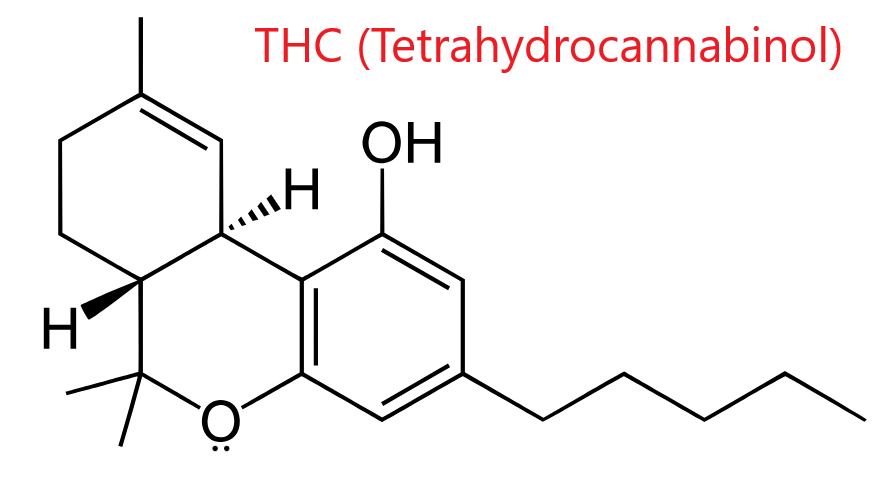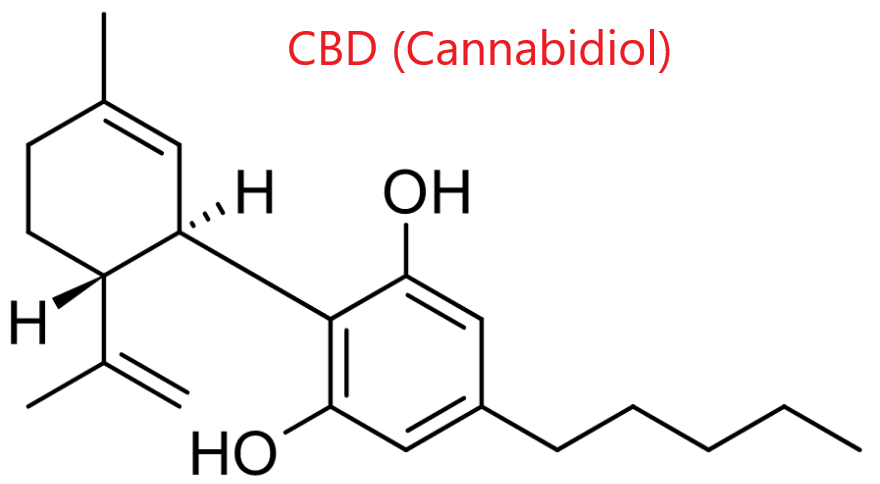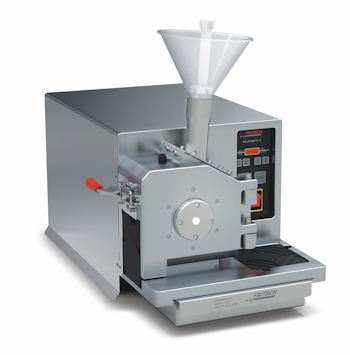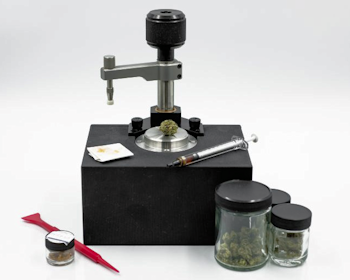Hemp Vs Marijuana: Key Differences to Keep in Mind for Your Hemp Lab
The hemp industry has had an interesting journey since its legalization through the 2018 Farm Bill. Predictions for high revenue lead to a hemp ‘gold rush’ mentality in farmers, especially for CBD producing crops, but due to the pandemic and the issue of other hemp markets being so well established many US farmers have yet to find buyers for their 2019 crops. Industry specialists are now indicating that fibre and grain side of hemp are likely to be the main products in the future. Despite the challenges of an oversaturated market, consumer demand for CBD looks to be holding steady & even increasing.
Whether working with hemp for fibre, grain, or CBD production, the processes involved are very different than with marijuana. CBD extraction is also a different process from THC extraction. Here we explore the differences in the plants, their processing, and their products.
Hemp Vs Marijuana: The Basics
Hemp and marijauna are both technically the same plant species (cannabis), but they have been extensively cultivated and selectively bred over the years to express different properties. Different types of cannabis are referred to as strains or cultivars. Hemp plants are generally taller with thicker stems while marijuana plants are bushier with broader leaves, but these physical differences are often not distinct enough to differentiate between the two types of cannabis.

The main factor separating hemp from marijuana is the THC (tetrahydrocannabinol) content of the plant. Legal hemp is defined in the US as a cannabis plant containing less than 0.3% THC, where marijuana plants range from 5-30% THC. Hemp and marijuana plants have notably different cannabinoid contents and terpene profiles, with wide variation between different strains. Both types of cannabis also contain CBD (cannabidiol), which is the other main compound of interest produced by these plants. Some of our previous articles provide a more detailed breakdown on the differences between THC and CBD.


Hemp is frequently grown to produce higher CBD content than marijuana plants, for the purpose of targeted CBD extraction. CBD has been gaining popularity over the past few decades as there has been increased interest in the potential therapeutic and recreational possibilities of the compound. The CBD-based drug Epidiolex used to treat seizures has been FDA approved since 2018, and research is ongoing into the potential of CBD as a next generation antibiotic. CBD also has the potential to treat chronic pain, insomnia, mood disorders, and more. The delivery method for CBD treatments is also widely varied, from colloidal preparations and topical creams to infused drinks designed to be recreationally consumed like beer.
Like the seemingly endless versatility of CBD, the hemp plant also differs from marijuana in its myriad of potential uses. While marijuana is almost exclusively cultivated for its cannabinoid contents, hemp has been cultivated for thousands of years for an extensive list of other properties. Hemp fibers—known to be strong and durable—are used in the production of clothing and paper, hemp grain is used for both human and animal consumption, and hemp seed oils are used for things ranging from manufacturing to skin care. The entirety of the hemp plant is able to be used whereas only the flower buds from marijuana plants are typically processed.

Hemp Vs Marijuana: Processing
Due to the physical differences between the plants, different steps and equipment are required in processing hemp than what is required in processing marjuana. The intended use of the hemp plants also affects the processing needed to get from raw plant material to final product. Regardless, the first step is usually separation of the parts of the plants: the flowers from the leaves, the stalks from the seeds, etc. This can be done manually but for larger scale operations it is often accomplished mechanically using processing equipment. Once separated, the different parts of the plants can be processed more finely.
 As marijuana processing only requires the milling of the flower buds to prepare for cannabinoid and terpene extraction, a fully outfitted lab does not need as many pieces of equipment as a hemp processing plant would require. Marijuana milling can easily be accomplished with a knife mill that matches the scale of the operation, where hemp milling needs to compensate for the physical toughness of the plant and as such would also require something like a high-torque, adjustable speed, sieve-type mill or a more powerful cutting mill. The milling process has a definite effect on the extraction efficiency and quality, so it is important to choose your method carefully. Plant tissue can also be further processed using things like bead beating, pulverising, and cryogenic milling. Hemp seeds can either be left as is for consumption as grain, or pressed for oils.
As marijuana processing only requires the milling of the flower buds to prepare for cannabinoid and terpene extraction, a fully outfitted lab does not need as many pieces of equipment as a hemp processing plant would require. Marijuana milling can easily be accomplished with a knife mill that matches the scale of the operation, where hemp milling needs to compensate for the physical toughness of the plant and as such would also require something like a high-torque, adjustable speed, sieve-type mill or a more powerful cutting mill. The milling process has a definite effect on the extraction efficiency and quality, so it is important to choose your method carefully. Plant tissue can also be further processed using things like bead beating, pulverising, and cryogenic milling. Hemp seeds can either be left as is for consumption as grain, or pressed for oils.
CBD Vs THC: Cannabinoid Extraction
There is a lot of overlap in the processes for extracting both CBD and THC from cannabis plants. Cannabinoids—including, but not limited to, CBD and THC—and terpenes are largely water-insoluble and as such they require organic extraction solutions to facilitate separation from other contents of the processed plant materials. The three main types of organic extraction for cannabinoids use hydrocarbons, alcohol, or carbon dioxide. There are also a number of non-solvent based extraction methods, including microwave and cold water extraction. Each type of extraction has both benefits and drawbacks, and the choice often comes down to what type of end product you are looking to produce. We have explored the differences between these extraction types in previous articles, as well as the benefits of different methods for specific end products such as concentrates.
The main difference between extracting CBD and THC comes down to the fact that different types of cannabinoids do better with different extraction methods. CBD is best extracted using ethanol based methods, and THC is best extracted using closed loop hydrocarbon based methods. Ethanol based CBD extraction requires solvent recovery through equipment like falling film evaporators where hydrocarbon based THC extraction requires excess solvent removal after extraction. In both methods, temperature control is of utmost importance. We will be exploring the differences between CBD and THC extraction in more detail in future articles, so stay tuned.
Hemp Testing: Potency, Contaminants, and More

Since the legal difference between hemp and marijuana is entirely determined by %THC content, potency testing is one of the most important aspects of any hemp lab. Hemp can be tested for potency at any stage during the process, from growing in the field, to during mechanical processing, to post extraction of compounds. Potency testing is traditionally accomplished via HPLC or GC, and testing methodology needs to be approved by the FDA and validated by the AOAC. Following these guidelines, many companies have developed a wide variety of products designed specifically for testing the THC content of cannabis. Many products can also test for CBD, and even for a number of other cannabinoids and terpenes commonly selected for in cannabis.
In addition to testing for potency, all products need to be tested for contaminants, be they pesticides, heavy metals, or microbes. Cannabis products can be contaminated at any step during the process, so it is important to have robust testing procedures in place to ensure the safety and quality of your products. When testing your cannabis, you need to keep in mind the “3 C’s” of contaminants testing: costs, compliance requirements, and the complexity of what you are testing for.
While there is a lot of overlap between hemp and marijuana processing, there are key differences that must be considered to ensure the success of your operation. The hemp industry is not going anywhere, and with new proposals being submitted regularly for changes in restrictions to hemp, it is important to stay on top of requirements. We will be further exploring hemp lab topics in upcoming articles, including the requirements of the industry, the different needs of CBD extraction, advances in processing equipment, and more!
In the meantime, check out our Cannabis Laboratory resources page for more articles and our Cannabis Showcase for featured products.










